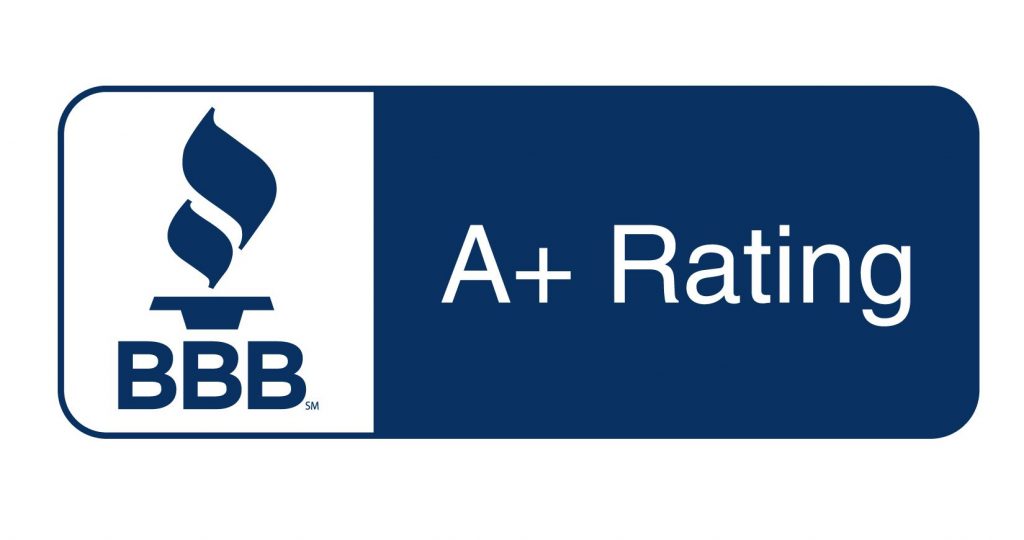Enrolling in Medicare at the right time is key to getting the coverage you need and avoiding unwanted late enrollment penalties. The purpose of this article is to provide you with five simple tips for navigating the Medicare enrollment process. By understanding more about how Medicare works, the different enrollment periods, and how to choose the right plan for you, you’ll know you get the coverage you need.
Understand How Medicare Works
Medicare is divided into different parts, each of which covers specific types of medical services. Part A covers inpatient hospital care, while Part B covers outpatient care, including doctor visits and medical equipment. Part C includes Medicare Advantage plans, which provide additional benefits not found in Parts A or B. Lastly, Part D covers prescription medications.
To be eligible for Medicare, you must be 65 years of age or older or have a qualifying disability. You must also be a U.S. citizen or permanent resident.
Know the Medicare Enrollment Periods
Medicare is littered with enrollment periods, and you’ll need to know a little about each one to take advantage of different opportunities throughout the year.
Initial Enrollment Period
Your unique Initial Enrollment Period for Medicare begins three months before your 65th birthday and lasts for a total of seven months. Unless you have other creditable coverage in place, you should enroll in Medicare during your IEP to avoid late enrollment penalties.
General Enrollment Period
The General Enrollment Period for Medicare is from January 1 to March 31 each year. This enrollment period provides an opportunity for those who missed their IEP to enroll in Medicare. However, if you utilize this period, you will likely end up paying late enrollment penalties.
Special Enrollment Period
Some circumstances allow individuals to enroll in Medicare outside of their IEP or the GEP. Life events like moving to a new state or losing your current health insurance will qualify you for an SEP.
Annual Election Period
Medicare’s Annual Election Period runs from October 15 to December 7. During this time, you can make changes to your Medicare plans. This period is particularly important for Medicare Advantage and Part D plans as they can change their benefits from one year to the next. Any changes made during AEP go into effect on January 1.
Get Help from a Medicare Advisor
The Social Security Administration is a great place to go with questions about your enrollment into Original Medicare (Parts A and B). They can tell you if you qualify for premium-free Part A, and they can help you submit your applications for Part A and Part B.
As for the rest of the process, it’s best to get help from an independent insurance agent who specializes in Medicare. An advisor will help you navigate the entire enrollment process, help you understand all of your options, and then shop around for the coverage that fits you.

Compare Medicare Plans
It’s important to understand the differences between Medicare plans to make an informed decision about which plan is best for you. Original Medicare, Medicare Advantage, and Medicare Supplement plans all have different benefits and costs.
When comparing Medicare plans, you’ll need to review the coverage and out-of-pocket costs of each plan. This includes the premiums, deductibles, copayments, coinsurance amounts, and the summary of benefits.
Provider networks can also be a consideration when choosing your plan, especially if you’re enrolling in Medicare Advantage. Some plans may only cover services provided by certain doctors or hospitals, while others may allow more flexibility when choosing providers.
You’ll need to do a similar thing when looking at prescription drug coverage. Make sure the plan’s drug formulary includes all your current medications, and take a look at how much you’ll pay to refill each one.
Review Your Coverage Annually
We mentioned that AEP was important, but it’s worth saying again. Medicare Advantage and Part D plans can change drastically from one year to the next, so you need to stay up-to-date with any changes that may affect your coverage. Review the Annual Notice of Change (ANOC) each fall to be sure you still want the same plan the following year.
In addition, you might want to review your Medicare Supplement plan if you have one. While the benefits will never change, your premium will go up over time. You might be eligible to change your Medicare Supplement plan if you are healthy enough to pass medical underwriting. (Some states have less strict rules than others.)
These five tips should help you get through your first Medicare enrollment. New beneficiaries are often overwhelmed with information, but it does get easier every year, especially when you find a trusted Medicare advisor at Carolina Senior Benefits.





